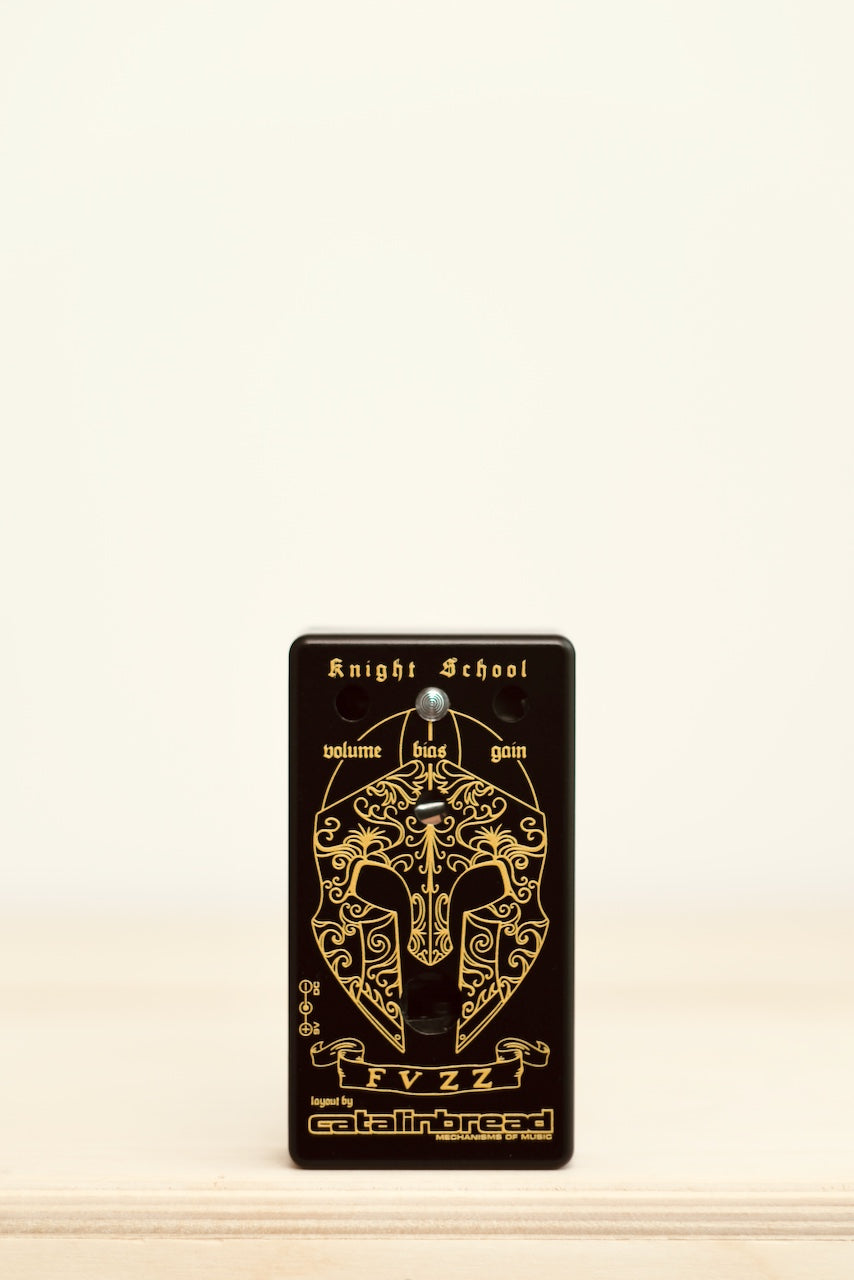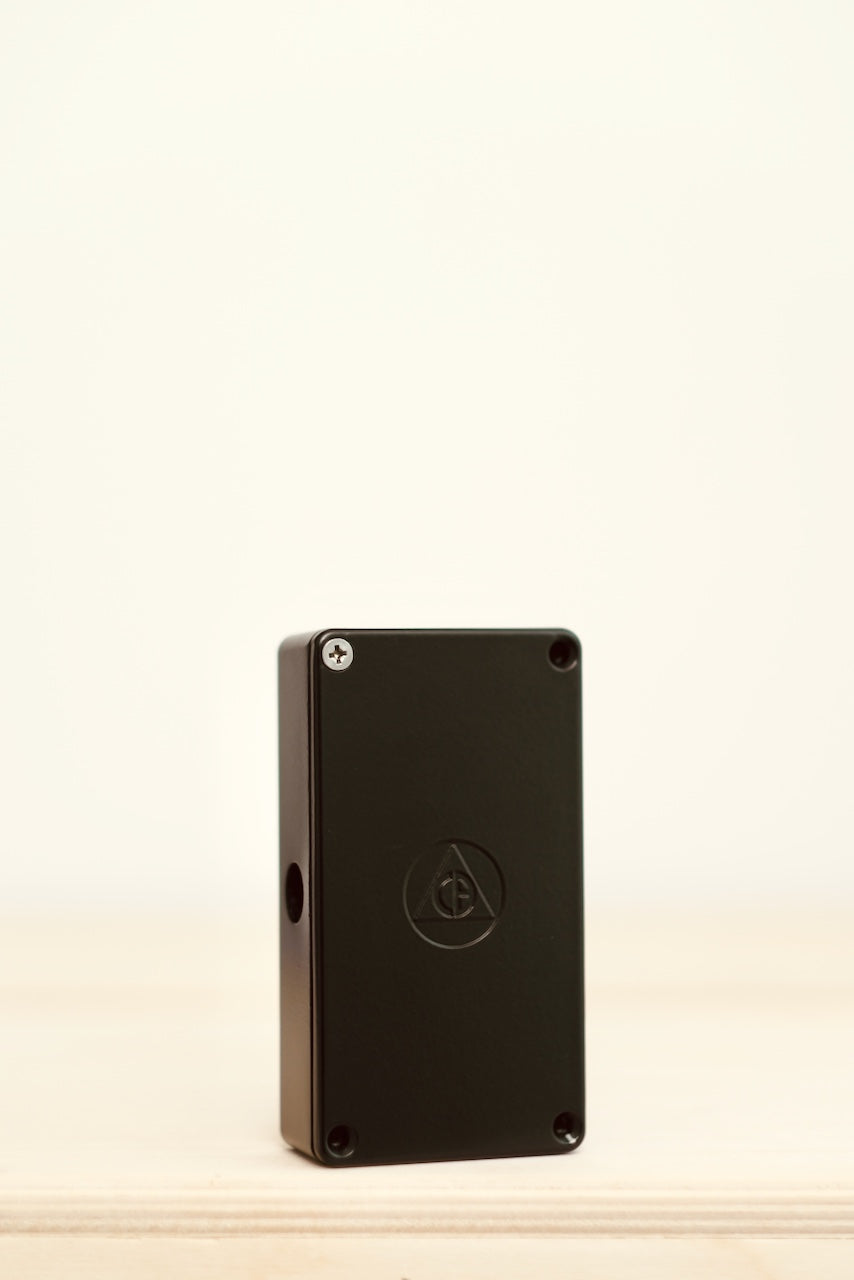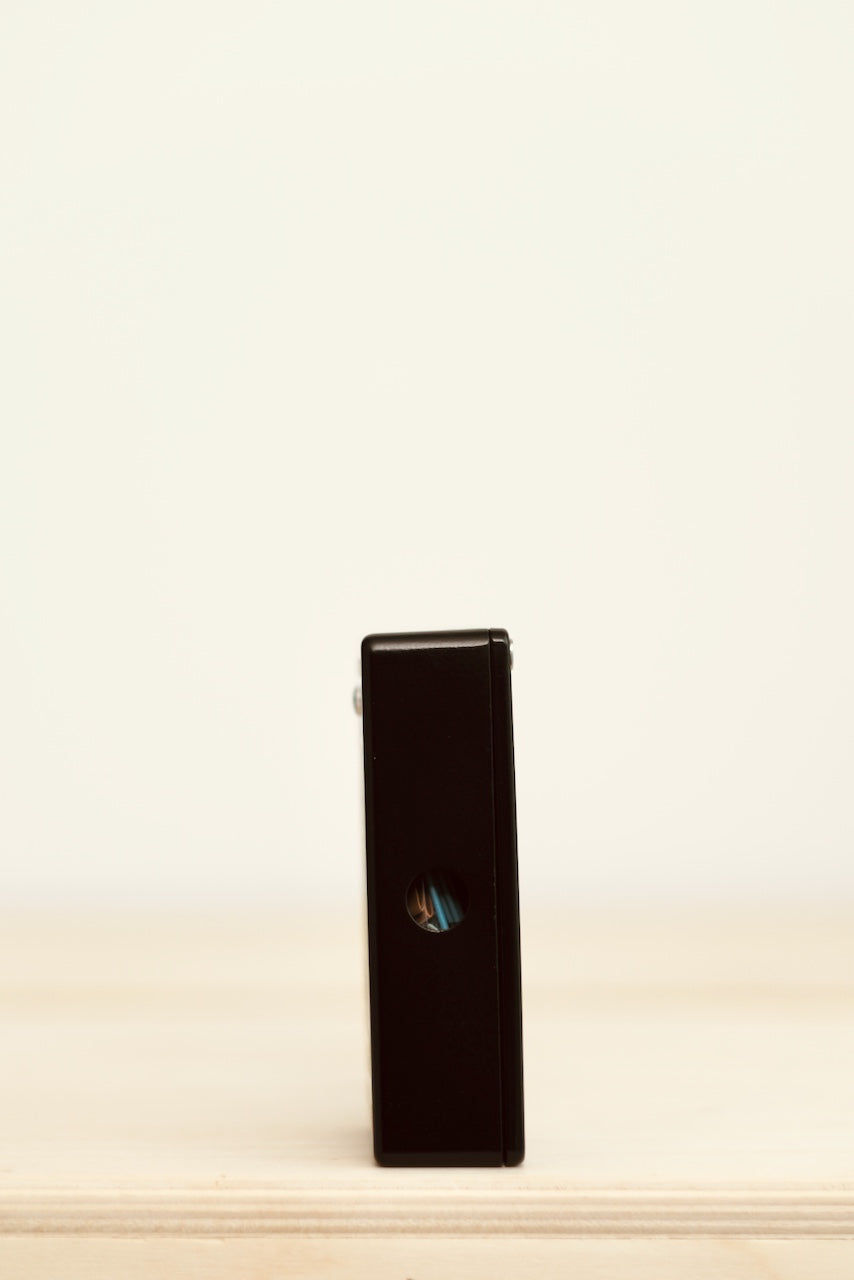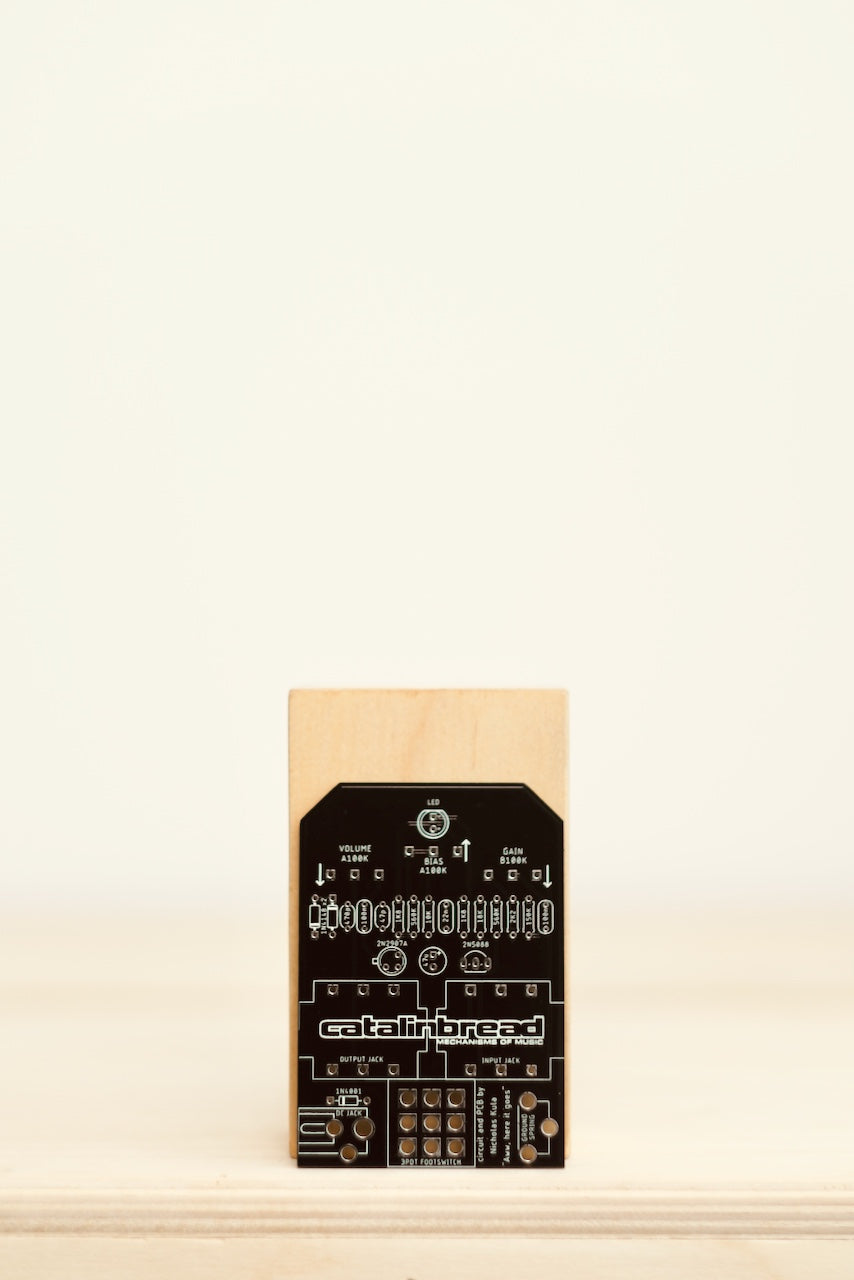Catalinbread
Catalinbread Knight School Fuzz
Catalinbread Knight School Fuzz
Brand new. Authorized dealer.
From the manufacturer:
Assembly is very straightforward and requires only a soldering iron, some solder, and proper ventilation; we’ll take care of the rest.
What began as an instructional device for a local pedal building class taught by a local amp tech became a pedal we have to share with you!
We were approached with a couple simple requests: First and foremost, a ripping fuzz pedal that covers all the bases from full and throaty to sputtery and gnarly. Check. Secondly, it had to be able to be placed almost anywhere in the chain, compared to say, a Fuzz Face, which is notoriously picky about where it goes. Thirdly, it had to be simple to build, easy enough for even the most novice solder jockeys.
We believe we have succeeded with the Knight School Fuzz, which is based on one of the most underrated fuzz circuits in existence: the Jordan Boss Tone. This device originally plugged straight into your guitar during an era where pedalboards weren’t really “a thing” yet, so integrating one into a modern setup isn’t a simple procedure as most other vintage units.
Unlike many circuits of the era, the Boss Tone isn’t based on anything else; most other venerable legacy fuzzes were copying each other in some form or another, but Jordan Electronics, whose engineers also built things like Geiger counters, was up for the challenge of an original circuit, and they crushed it with the Boss Tone, even though the housing wasn’t super user-friendly.
Despite its integration difficulties, you can hear the Boss Tone on several classic records by ZZ Top, the Black Keys, Spirit, New Riders of the Purple Sage, and countless others. Our Knight School Fuzz riffs on this formula, with some value swaps, different transistors for a more modern sound, and a Bias control that utterly dissolves the sound into gnarled madness as you crank it.
CONTROLS:
VOLUME: Yep.
BIAS: All guitar pedals run on X amount of volts, and in analog pedals, especially transistorized pedals like this one, changing the recommended supply voltage can yield interesting results. This control loads down the voltage from the supplied 9V all the way down to just under 5V. Sonically, this means a "leaner", "smoother" tone that many have compared to video game sounds. Maxing this control out pushes the circuit into a sweet, sputtery texture that evokes slight octave-down tones. In this setting, you have to really dig in while playing to get the most out of it, but in doing so, you shall be handsomely rewarded.
Note: For all you experimentalists out there, the Bias control destabilizes the entire circuit and gives you a sort of "controlled chaos" while playing. However, if your Bias knob is maxed when you plug in the power cable, the pedal will oscillate and provide synth and drone textures until you stabilize it by turning the Gain knob. This will not occur again until power is unplugged and plugged back in with Bias maxed.
Couldn't load pickup availability
Share















